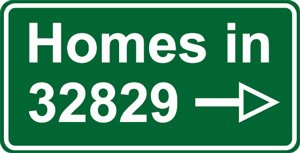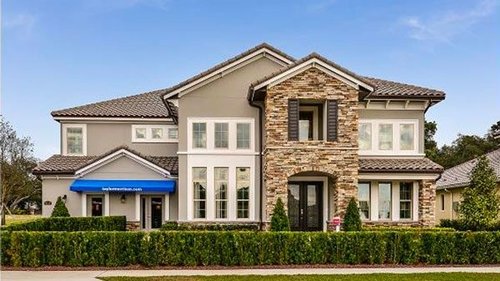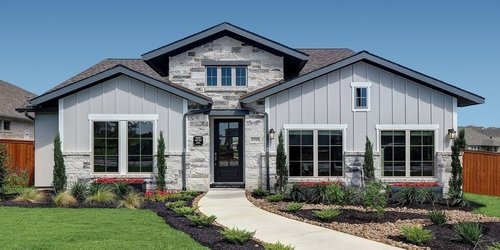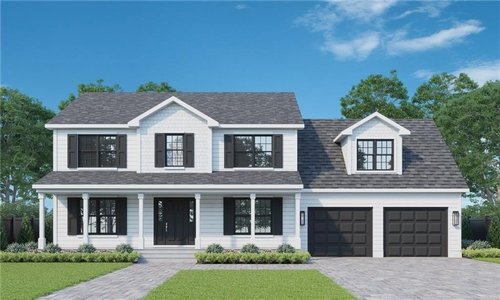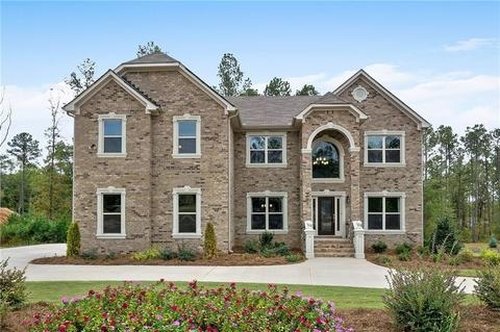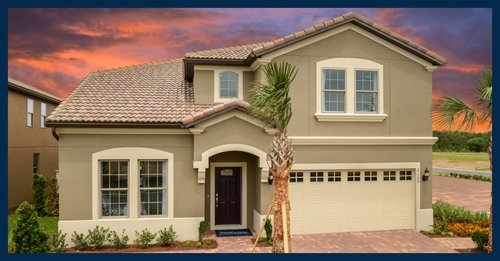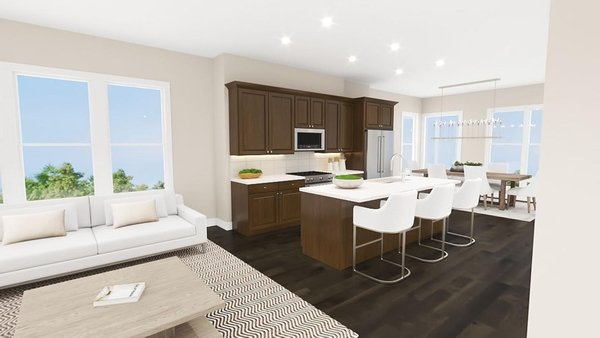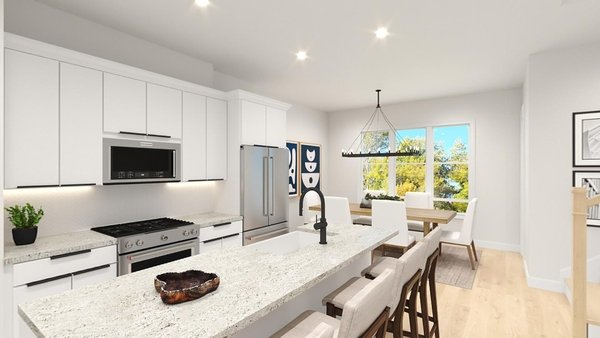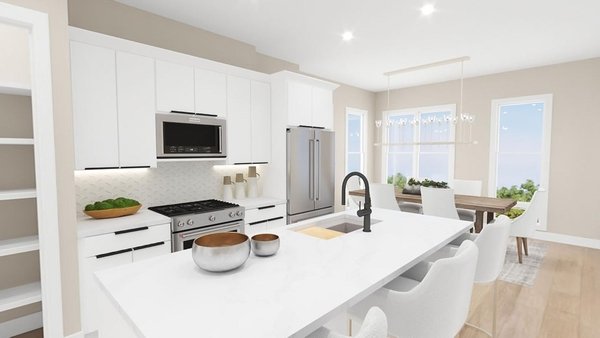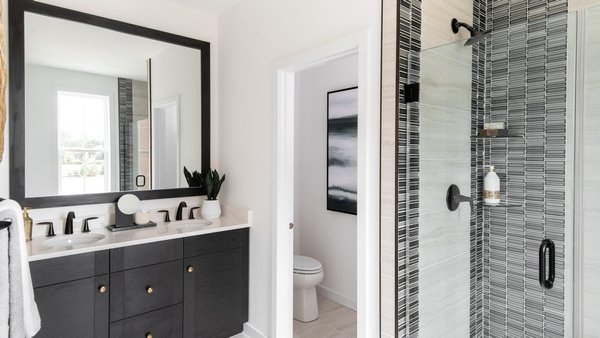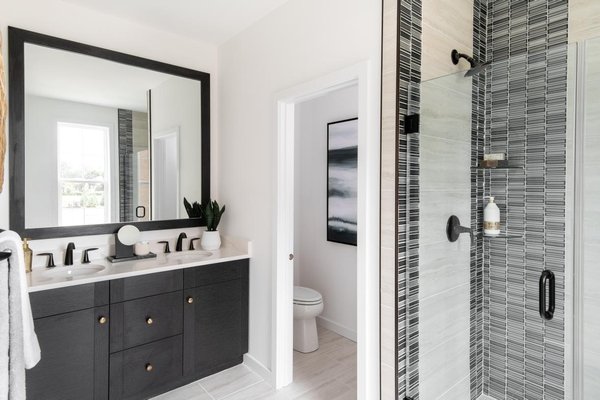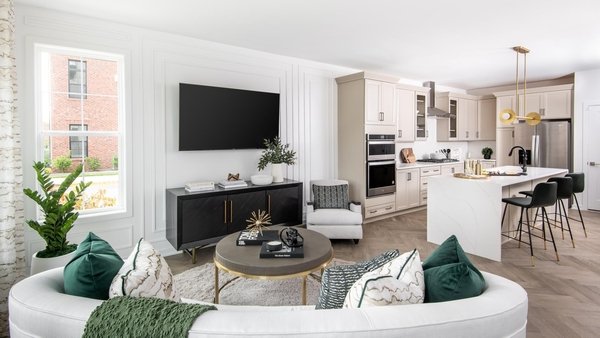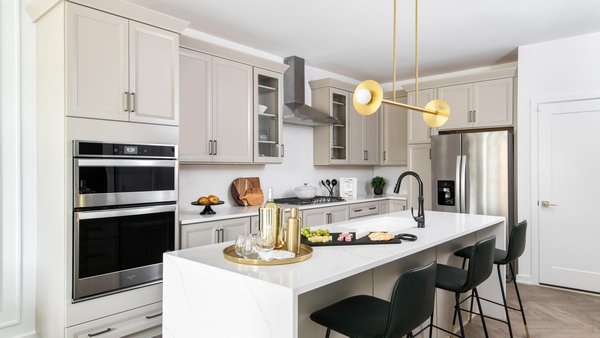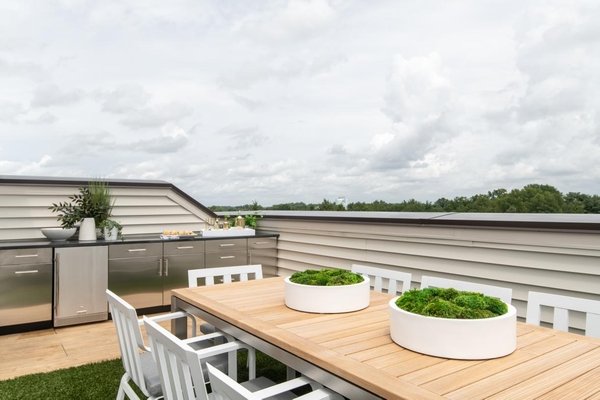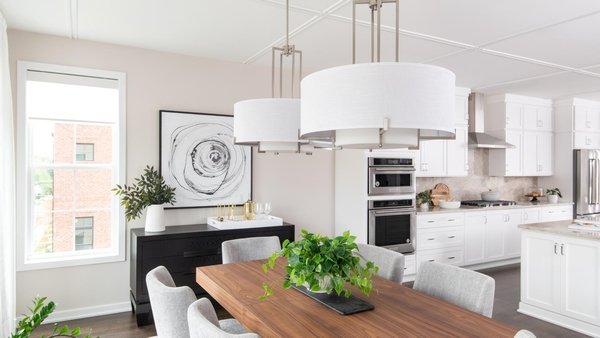Why Buy a New Home?
Why a New Home is a Better Home
Look at some great benefits of buying a new home vs buying an old home.
Why A New Home Is A Better Home.
As times change, new technology, new design, new layout, scientifically researched and proven features are used in the new homes.
The biggest benefit of a new home is clear: it’s new and built to your specifications – the floor plan, the exterior architecture, the colors, finishes, flooring and everything that makes a house a true home for you and your family.
But that’s not the only benefit, consider the following:
Today’s Design and Features: The way we live has changed dramatically over the past decade. And new homes reflect those changes – high ceilings, open spaces for entertaining, gourmet kitchens with all the latest appliances and appointments, incredible home entertainment systems, spa-like bathrooms, expansive closets and so much more.
Advance Technology: If your home isn’t new, you will be paying someone to install the latest technology, whether it’s updated wiring for internet and cable, or home security. Flat screen TVs. Surround sound. All the latest is easy to include in your new home.
Energy Efficiency: With today’s improved building materials and construction techniques, your new home will actually help pay for itself with lower utility bills and improved comfort.
Better Air Quality: Higher standards for nearly everything that goes into a home have greatly improved the air quality in today’s homes. A benefit your kids will appreciate years from now (although they may not tell you).
Low Maintenance: This may be the biggest benefit – a shorter “honey do” list on the weekends. When you buy a used home you’re buying all the problems that come with that home. A new home has the latest products and systems that are designed and engineered to work together for many years to come. And a warranty you can count on.
A new home versus a used home? The facts point in one direction: for peace-of-mind, for comfort, for the way you live today – buy a new home and live the good life.
Just to highlight few things we don’t think of:
1. New city underground sewer and plumbing
2. New wiring
3. New roof (mostly carry 25-30 year warranty) with high rating insulation
4. New AC – with SEER rating of 14+ which are high efficient units and low cost
5. New style kitchen with mostly granite counter tops and new design cabintes
6. Brand new appliances at least to last 10-15 years
7. Brand new Water Heater – at least to last 10-15 years with high efficiency and low cost
Since the new home comes with high efficiency items, it makes up for much better value for your money, rather than fixing an older house to replace such items and would NOT give a feel for NEW Home.
Steps to Building Your New Home
Look at some basic stages of New Home Construction
Once a decision is made to build a new home yourself, there are several things to consider. However you will have to consider the following:
- Land size, soil and EPA testing
- County, City zoning and their restrictions
- Available utilities such as water, electricity, sewer
- Roads, street connections, and much more.
- We recommend that you do a thorough research of the area, contractors, their past history, homes build by them, quality of their work and timing and pricing of their work.
Steps to Building Your New Home
Watching a brand new home take shape is a rewarding experience for any homeowner. From the first dig of the foundation to the last coat of paint, it’s definitely something you’ll never forget.
Generally new home builders go through these stages of building a house. There is always the sales rep and the general contractor available to guide you through the building progress updates and you are welcome to stop by and see how things are being built, pretty much any time you want.
- Slab on Grade or Foundation – The key to any home is a solid foundation. In homes with basements, we’ll pour concrete or construct masonry walls and install energy saving insulation and a moisture prevention system consisting of waterproofing and a drainage system. Our foundation will provide excellent structural support for your home.
- Framing – Your home will take shape from the bottom floor panels and walls all the way up to the roof frame. Once framed, we’ll install roof shingles, exterior doors and windows, and begin constructing your garage.
- Rough Mechanicals – Once your home is framed, all the rough mechanicals like the HVAC heating and cooling ducts will be installed. Then, the plumbing lines are put in and the wiring for electrical outlets, smoke detectors, and telephone and cable lines are added. This phase covers anything in the walls or floors that are covered later by drywall.
- Insulation and Drywall – After the inspection of your home’s rough mechanicals, your insulation will be added. The production supervisor will then conduct a pre-drywall walk to ensure the customer selections are in place.
- Final Details – Your home will then be fitted with trim and exterior finishes followed by the shaping of your yard and the finishing of your mechanicals, which includes your new toilets, sinks and faucets, cabinets and countertops, floor registers, light switches and fixtures, and outlet plugs.
- Pre-Settlement Walkthrough – Once your home has received a Certificate of Occupancy and the final details are in place, your Production Supervisor will educate you about every aspect of your home with a one to two-hour walkthrough. During this orientation, we’ll teach you about the operation of your home. About a week later at your follow-up meeting, you can sign off on your new home!
- Closing – Congratulations! You’re now a proud owner of a brand new Home! Once you get the keys, you can open the door to your brand new lifestyle.
